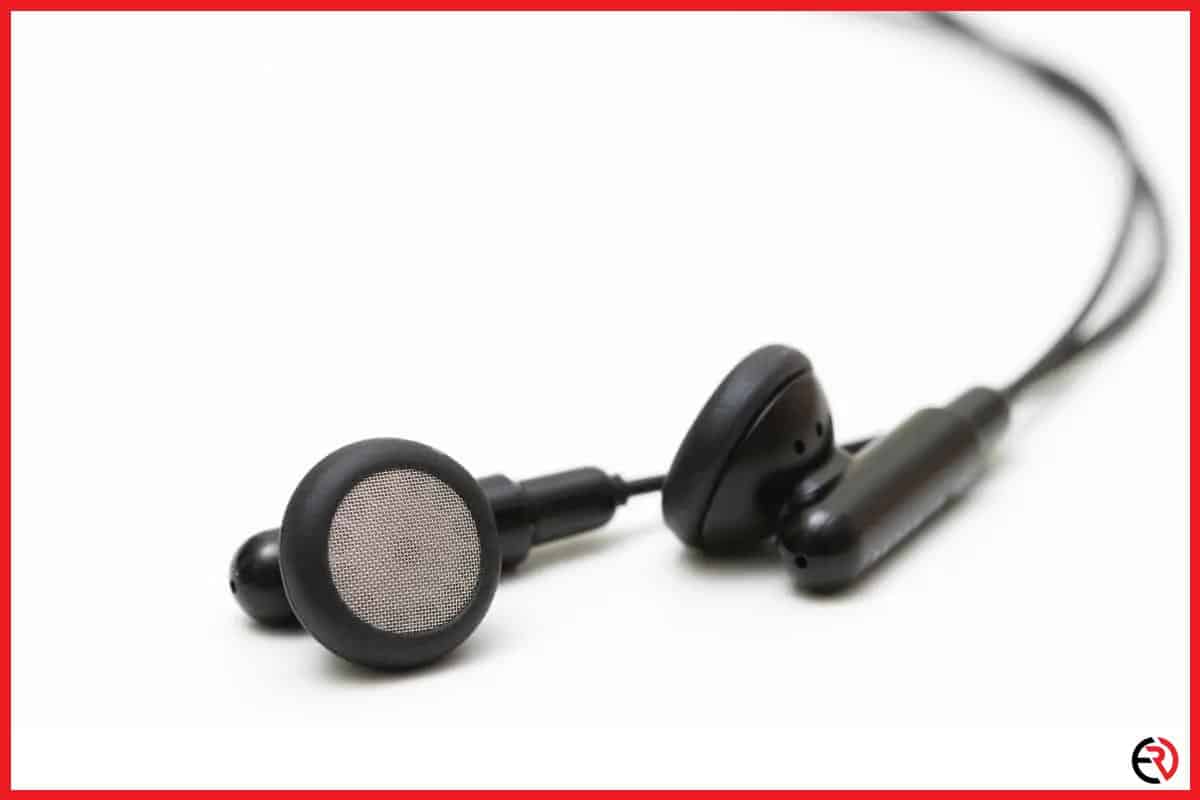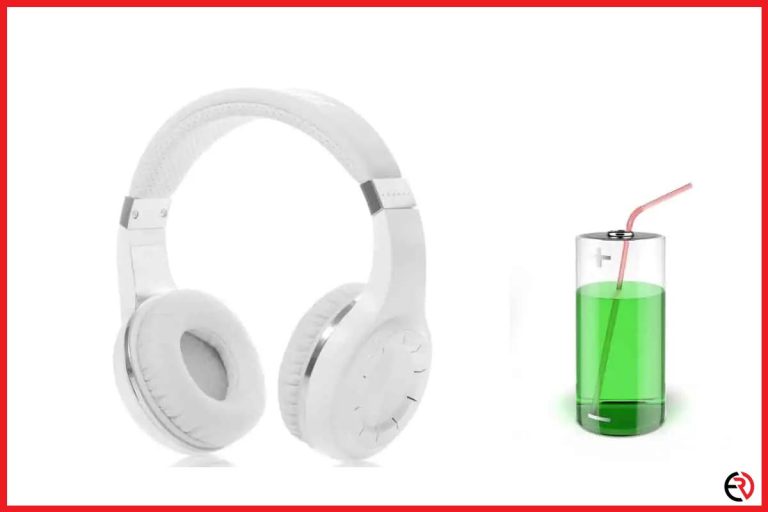Are Wired Earbuds Louder Than Wireless?
This post may contain affiliate links which means that, if you choose to make a purchase, I may earn a small commission at no extra cost to you.
Just over half a decade ago Apple eliminated the headphone jack from iPhones and other manufacturers slowly followed suit. While some phones still have the headphone jack, most phones don’t and that has facilitated the thriving wireless earbud market. However, when I transitioned from a wired earphone to wireless earbuds, I found the volume was lacking.
In most cases, wired earphones are louder than wireless earbuds. Unlike wired earphones, wireless earbuds are limited by the battery and manufacturers also limit the volume to preserve battery life. However, wired earphones can draw power without such restrictions to get louder.
Let’s take a closer look to figure out why wired earbuds are usually louder than their wireless counterparts.
Battery and manufacturer limitation
With streaming services music has been more accessible than ever. However, many people like to throw away common sense out the door and listen to loud music on their earphones all the time. Ok, I admit it. I used to be guilty of that as well. However, listening to loud music all the time damages hearing.
That’s why earbud manufacturers put a software limit on their products so that you don’t sue them due to damaged hearing. However, what’s loud for the engineers at the manufacturer’s facility may not be loud for you and me. Humans are fickle and we often misjudge the loudness of earphones. So, it’s probably safer this way.
Another reason for limiting the loudness is to preserve battery life. As the earbud drivers get louder, they draw more power and can quickly drain out the battery if there is no artificial limit. That’s why manufacturers fine-tune the drivers so that their earbuds can get sufficiently loud while providing you and me several hours of battery life from tiny lithium cells.
There is virtually no limit on the volume of wired earphones
Unlike wireless earbuds, wired earphones and wired In-Ear-Monitors(IEMs) don’t have any theoretical limit to their volume. A wired earbud would sound louder when you plug it into a flagship phone instead of a budget phone. It can get even louder when you plug it into a portable DAC/Amp unit.
There is virtually no limit. The more power you feed the drivers, the louder they get. However, there is a practical limit. At some point, depending on the quality, impedance, and make of the drivers, they would break after a certain point.
That’s why wired earphones always come with a sensitivity and impedance rating. For instance, the Moondrop Starfield has a sensitivity rating of around 112 dB/mW and an impedance rating of around 32 Ohms. That means it’s a super-efficient IEM that can draw plenty of power and can produce around 112dB of sound pressure with just 1mW of power.
If I plug that earphone in a speaker amp and crank the volume all the way up I’m going to start bleeding pretty soon and the drivers may get damaged permanently. In most cases, you don’t want your earphones to go over 70 to 85 dB for a prolonged period. Listening to earphones at an extremely high volume may damage your hearing permanently within minutes. Here’s a table to scare you:
| Everyday Sounds and Noises | Average Sound Level | Affect on your Ears |
| Washing Machine | 70 | You’ll feel annoyed by the noise |
| City Traffic Noises inside a car | 80-85 | You’ll feel very annoyed by the noise |
| Motorcycle | 95 | Damage to hearing after 50 minutes of continuous exposure |
| Extremely loud radio or rock concert | 105-110 | Hearing loss possible within less than 5 minutes |
| Standing near sirens | 120 | Pain and ear injury |
| Firecrackers | 140-150 | Pain and ear injury |
Volume on wireless earbuds can be overridden with an app
Manufacturers don’t publish the sensitivity rating of wireless earbuds. At least, I couldn’t find a manufacturer that does. So, you may end up buying an earbud that is inefficient and sounds too quiet even at max volume. Fortunately, there are numerous third-party apps that allow you to override the software limitations set by the manufacturer. You can simply download and use them to increase the maximum volume.
Here are a few apps that can do the trick:
- Volume Booster GOODEV (Android)
- Volume Booster -Sound Booster (Android)
- Max Volume Booster (iPhone)
- Volume Booster – Equalizer FX (iPhone)
It’s important to remember that this software trick can cause distortions in the sound and put additional stress on the drivers and drain more battery life. It can also overheat your earbuds and if you turn up the volume too much you can even permanently damage your expensive pair of wireless earbuds.
Wired headphones sound better at higher volume
When you use the software trick to override your wireless earbuds, it causes numerous problems from overheating to poor battery life. However, the most concerning problem is reduced or distorted sound quality. I don’t want my fancy ANC (Active Noise Canceling) Bluetooth earbuds to sound like cheap crap when I boost the volume. The manufacturer didn’t design the drivers on your Bluetooth earbuds to be overridden.
However, it’s completely different for wired earphones. Wired earphones are meant to be plugged into various sources, from smartphones to computers and portable DAC/Amps. Manufacturers keep that in mind and design the drivers to handle that kind of stress.
That’s why when you compare a wireless earbud to a similarly priced wired earphone, the wired option usually sounds better. The manufacturer doesn’t need to spend money on batteries and software and can afford to spend that on improved drivers. That’s why wired earphones sound better when you override them.
Conclusion
Despite all the fancy tech inside wireless earbuds, wired earphones still have an edge over them in terms of volume and sound quality. However, most people opt for wireless earbuds for convenience.
The next time you buy a wireless earbud, make sure they have ear tips that sit in your ear canal and make a tight seal around it. This way the drivers sit closer to the tiny hair-like sensors in your ear and you won’t feel the need to crank up the volume too much.








